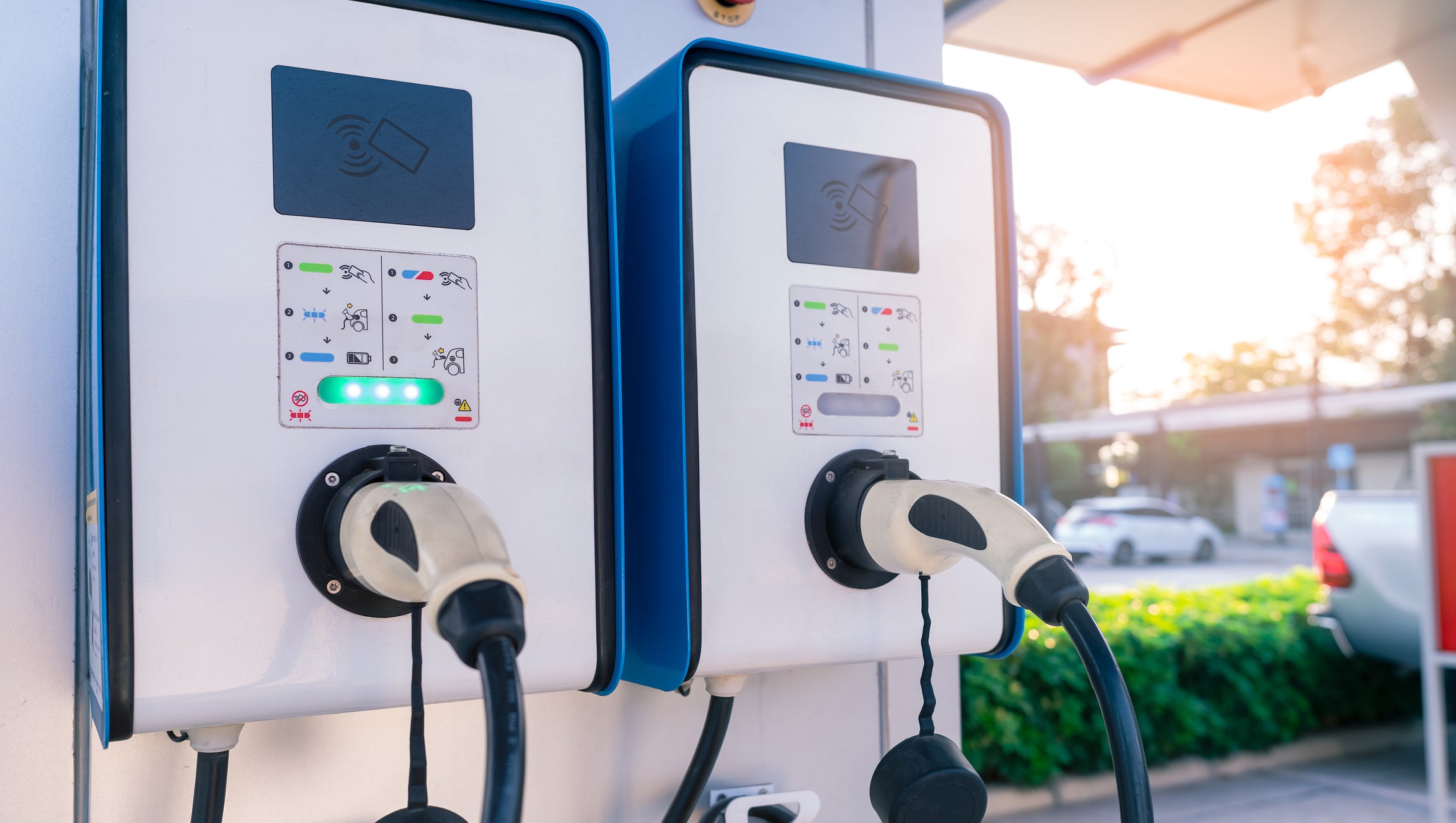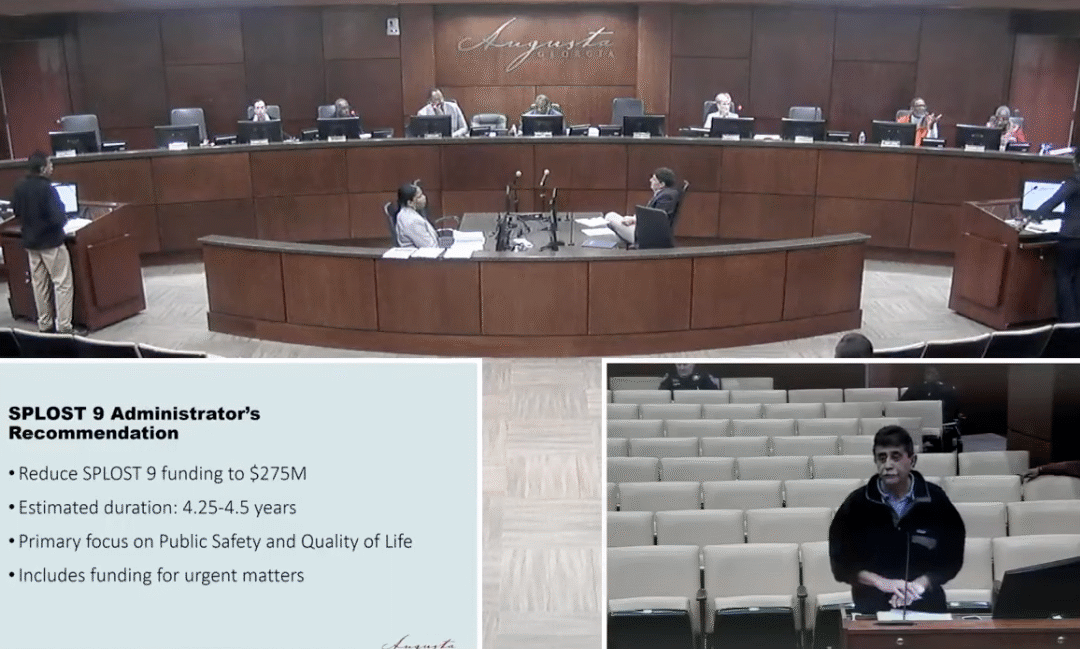It seems that EV manufacturers learned a lesson from the communications industry.
If you were around in the late 1990s and early 2000s, you are sure to remember the cell phone wars. Cell phones back then were expensive, lacked features we take for granted today, and had to be charged constantly.
The charger issue was annoying since every model of phone charger was different, costly and only offered by the phone manufacturer. Getting a new phone meant getting a new charger, or two; one for the car and one for home.
It took over a decade for the cell phone arms race to end, leaving two main players and two charging options. This created stability and allowed aftermarket manufacturers to offer solutions to consumers.
I remember one time paying $40 for a Nokia charger, and last week I got four charging cables for my iPhone for $15 total. The charging standards for phones are now fairly narrow.
Full electric and plug-in hybrid vehicles may be getting their moment now with a proven charger design and method.
The North American Charging Standard, or NACS, was unveiled in 2012 by Tesla and has been the most successful charging standard so far. There are over 17,000 Tesla operated “Superchargers” in the United States that use NACS charging equipment. These chargers can apply AC or the much faster DC current to compatible vehicles and have been a good selling point for Tesla buyers.
According to Tesla, a Supercharger can add 322 miles of range in as little as 15 minutes. The Supercharger System is also more reliable than other options, such as Electrify America, which has been plagued by stories of slow charging times, broken equipment, and unsafe locations.
The only problem that the Tesla Supercharging stations had is exclusivity, since they do not allow any other manufacturer to use them.
That is now over. This month Tesla has announced charging partnerships with Ford, General Motors and direct competitor Rivian. Hyundai and Volvo. A few other manufacturers are also doing customer polling, researching the wants and needs of current owners.
Anyone building cars in the future would be foolish to use any other charging type than NACS. Anyone building public charging stations without NACS capability is wasting resources.
According to the Department of Energy, 80% of EV charging is done at the residence of the owner, which means this may be a non-issue for many manufacturers.
Range anxiety and charger availability are the second and third largest concerns of automotive shoppers, behind the initial sticker price, says a 1,350-participant survey from Car and Driver. More numerous chargers that can fill up a battery almost as fast as a gas pump filling a tank will do wonders for helping both situations.
Adapters and software/hardware upgrades will be required for cars that do not have an NACS compatible charging inlet. These options will be nearly free for most owners, as the manufacturers of these are stepping up to the plate to support early adopters of EV technology.
As the owner of a 2011 Chevrolet Volt without NACS capability, this is comforting. Also, having a national standard will ensure the used market for these cars, in the future, will not collapse.
With wider EV adoption there will be growing pains, just like with any technology used today. Automotive companies working together to fix industry-wide problems are the only way to make this work.
As for me, I will see you on the road!










